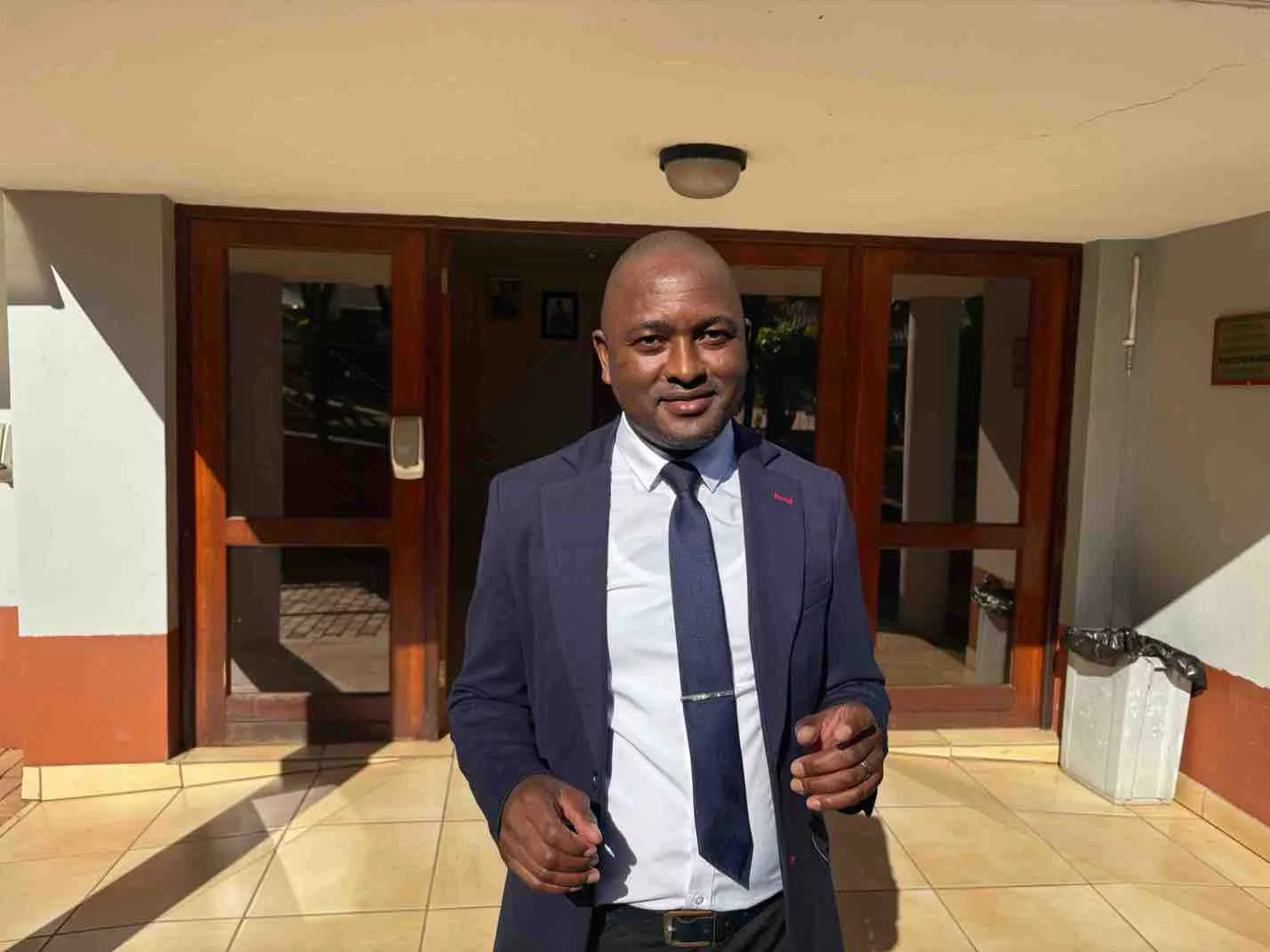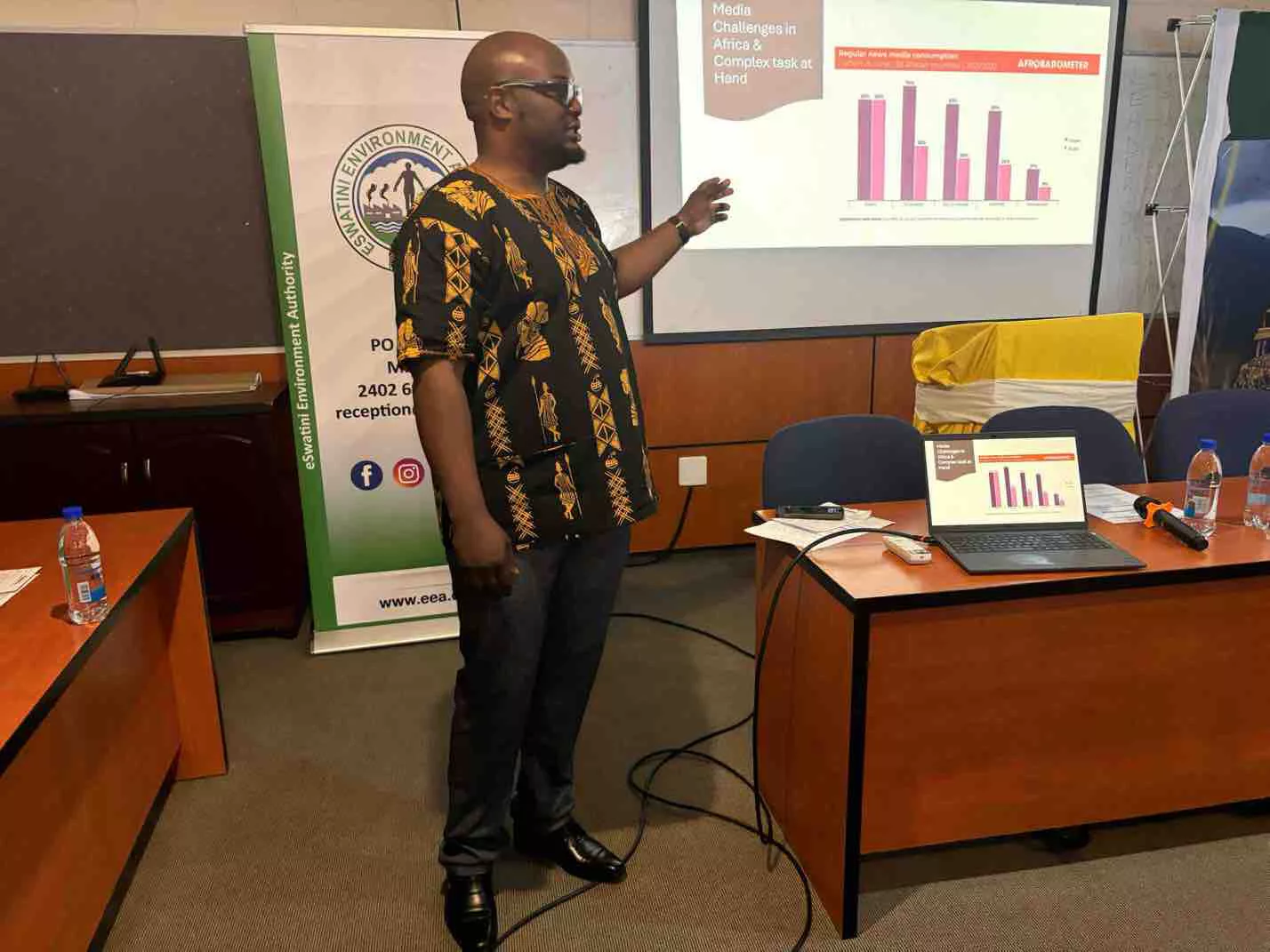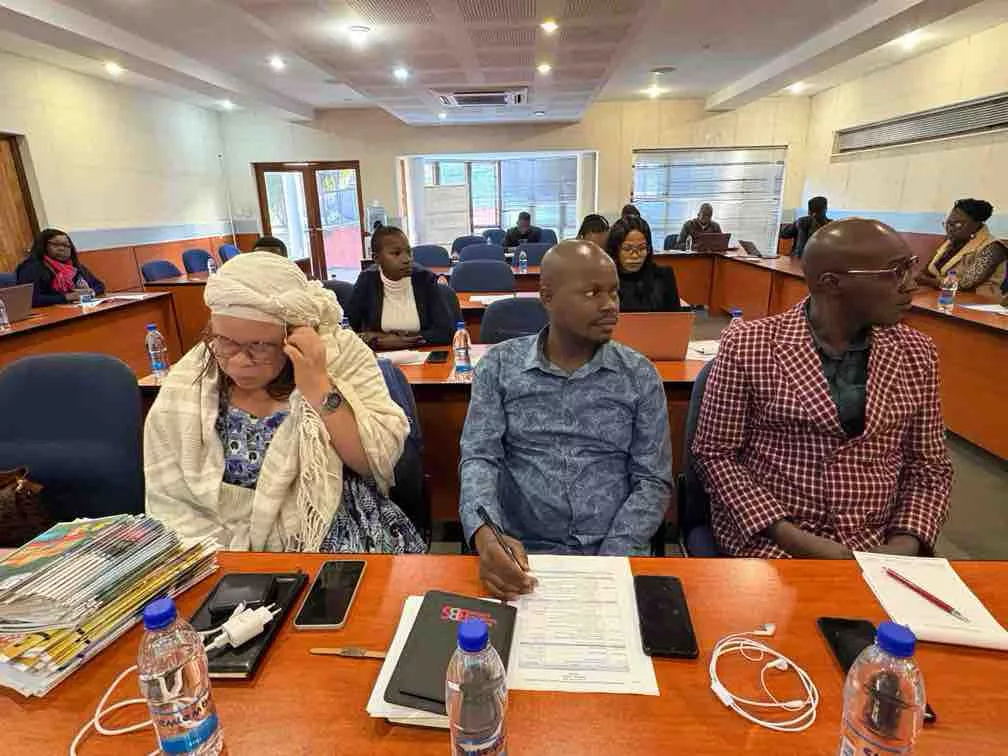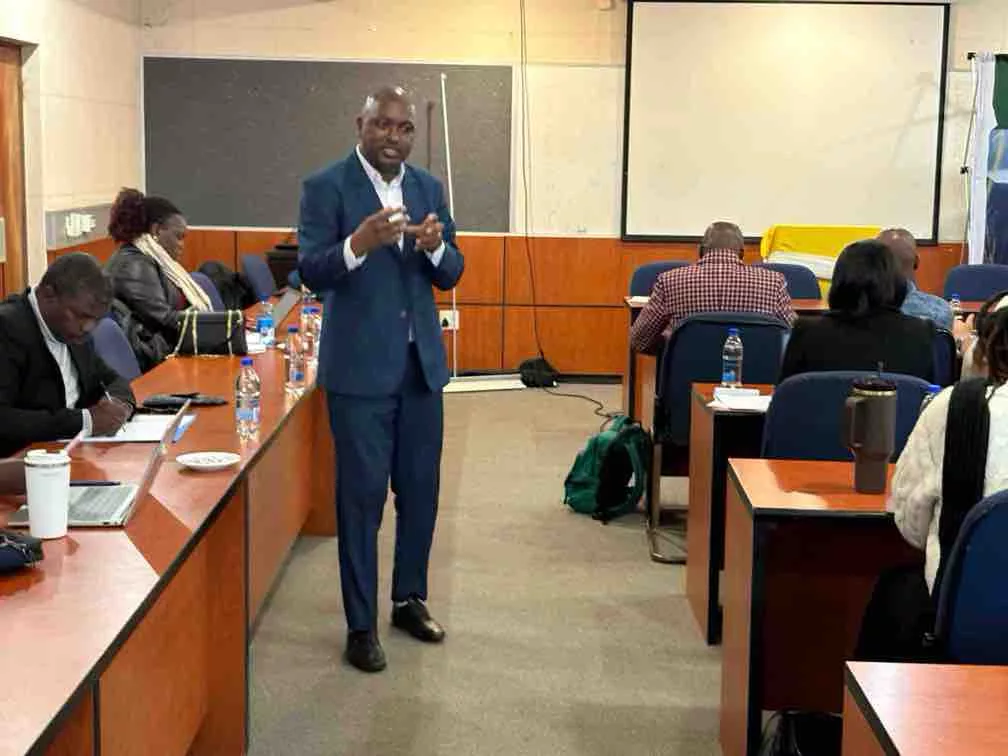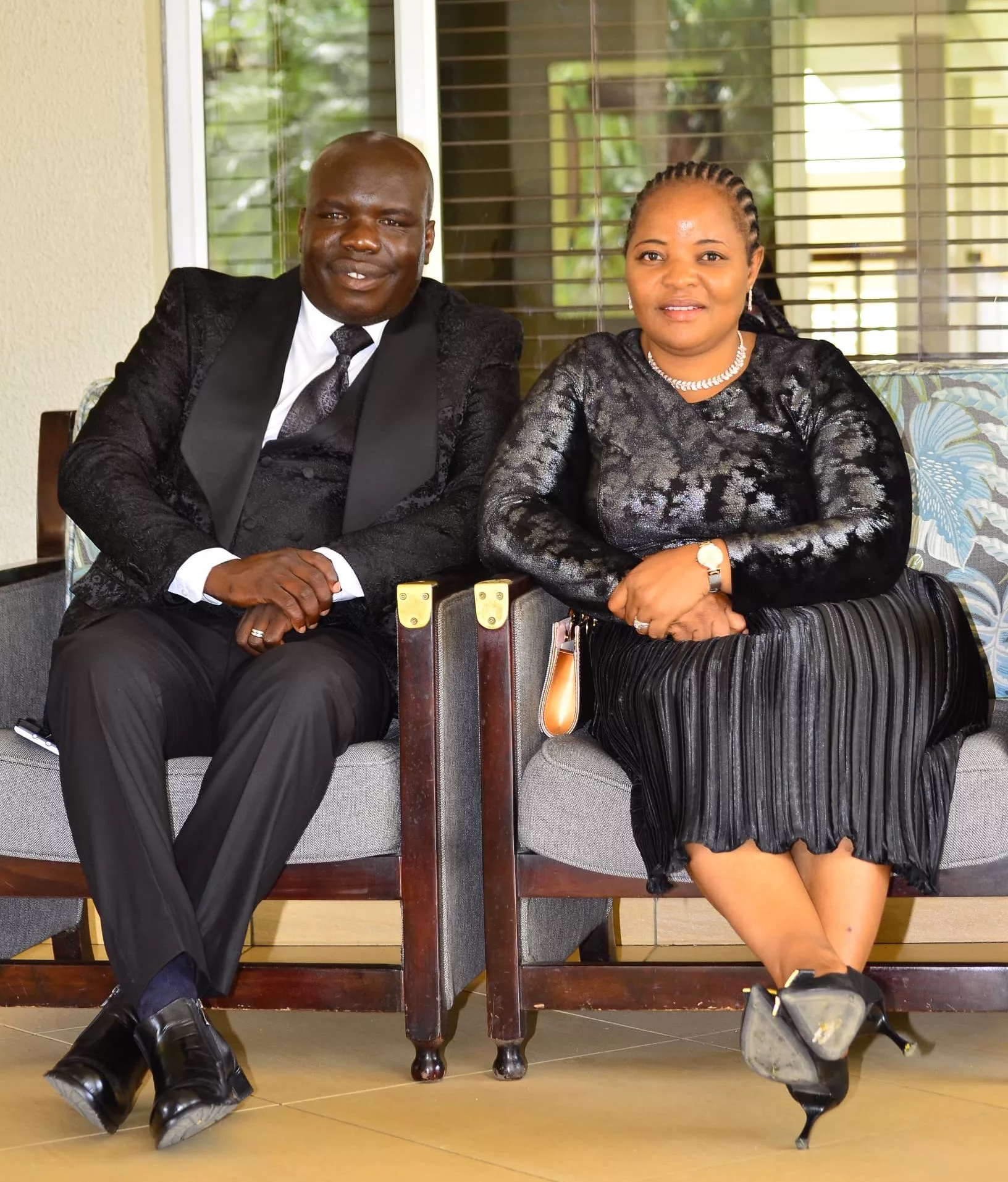|
Getting your Trinity Audio player ready...
|
Mbabane, Eswatini – 2 July 2025 – In the battle to protect Africa’s ecosystems, the challenge is no longer just environmental degradation—it is the legal and institutional maze that comes with holding perpetrators accountable. From raw sewer dumped into Lake Chivero to ivory smuggled out of Botswana, the complexity of environmental litigation is leaving enforcers confused, prosecutors frustrated, and justice delayed—if not denied.
It all starts with a seemingly simple process: compliance. If a developer violates the environmental regulations—say, fails to fulfill obligations under an approved Environmental Impact Assessment (EIA)—they must be issued a notice. If they fail to respond, a final order of compliance follows. Still no compliance? Their operations can be shut down. And only then, if they persist in defiance, can they be fined—perhaps one million yen or more.
But that’s where the clarity ends.
Picture a Ministry of Environment official walking into a police station, asking for a charge to be laid. The crime? Non-compliance with EIA conditions. The police officer, already burdened with routine criminal matters, is now expected to navigate a world of scientific documentation, environmental statutes, and legal thresholds.
“How is the officer supposed to know whether the EIA was done properly?” Dr. Oduetse Oldman Koboto, the MEA Coordinator of the Sustainable Environment and Blue Economy Directorate of the African Union Commission (AUC) Department of Agriculture, Rural Development, Blue Economy, and Sustainable Environment rhetorically asked at an MEA reporting training session in Mbabane, Eswatini.
“This is a scientific document. Who checks the qualifications of the consultants who compiled it?”
The irony runs deep. The young government official reviewing the EIA may have been a student of the very professor who wrote it. Now, she’s expected to challenge his findings, despite the imbalance in experience and credentials. These are not just institutional constraints—they are human dilemmas.
The situation becomes even more tangled when a criminal case goes to court. Before reaching trial, prosecutors must first confirm the integrity of the compliance process—a “trial within a trial,” so to speak. Was the notice valid? Was the final order lawful? Was due process followed?
“If these steps aren’t airtight,” prosecutors say, “the entire case collapses. And we’re left asking: why did you bring us this docket?”
It’s not that law enforcement officers are lazy or uncommitted—it’s that the system is not designed for complexity. With environmental crimes, the facts are layered. The crime may be dumping waste, but establishing that requires proving a chain of causality, qualified assessments, and scientific evidence.
Take the example of Lake Chivero in Harare, choked with untreated sewer for years. Several civic groups and university associations have tried—and failed—to bring the city council to account in court. Why? Because naming and shaming officials backfire.
“The moment you personalize the story, it dies,” said one advisor to journalists. “Focus on the pollution. Focus on the health impacts. Let the institutions figure out who is responsible. That’s what mobilizes civil society. That’s what unlocks donor support.”
This strategic storytelling is not about avoiding the truth—it’s about navigating a terrain where naming names prematurely can kill momentum. Environmental tribunals, set up under national laws, offer an alternative to the traditional court process, where technicalities often stall justice.
But even tribunals need robust capacity—and that’s scarce. That’s why international agencies like UNEP have stepped in, financing training programs for rangers, prosecutors, and judges alike.
In the field, the story is more visceral—and more dangerous. Poachers are no longer just bushmeat hunters. They’re well-armed, militarized syndicates backed by international trafficking networks. Shootouts are real. Rangers and soldiers have died—fathers, mothers, sons.
“In Botswana, Namibia, Zimbabwe—we’re not talking about catching people with hares,” said Dr Koboto. “We’re talking about people with military-grade weapons. People who plant landmines. If they see you first, you’re dead.”
It’s a war zone disguised as a conservation area. Rangers are trained in firearms, bush tactics, and legal compliance—but when it comes to prosecution, linking a tusk to a carcass is almost impossible. That’s why most cases are reduced to mere possession charges, and true poaching charges rarely stick.
This is the face of environmental justice in Africa—a tangled web of policy, politics, and prosecution. It demands not just laws, but capacity. Not just passion, but strategy. And above all, it demands journalists, citizens, and civil society to raise their voices—not to blame, but to demand better.
Because behind every untreated sewer, every poached elephant, every felled forest—is a complex story. And behind every delay in justice, a system struggling to catch up.


